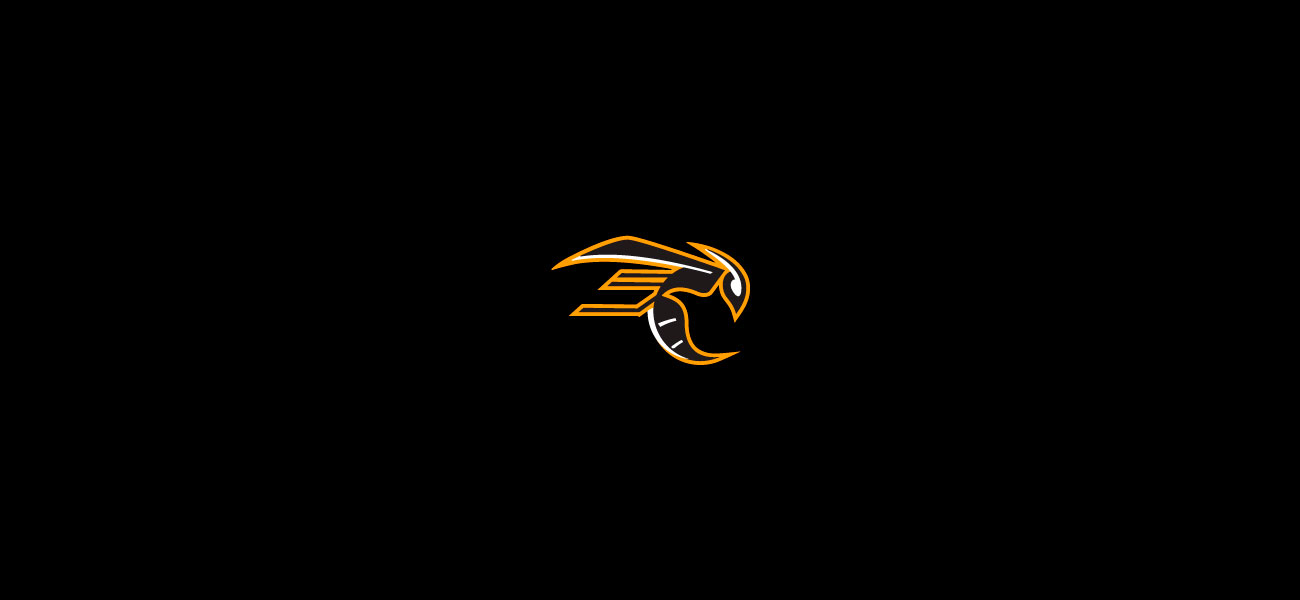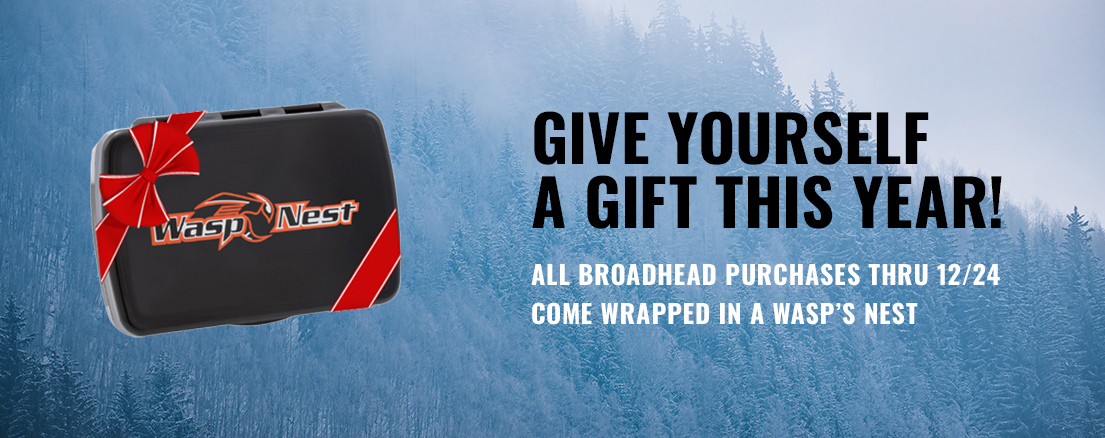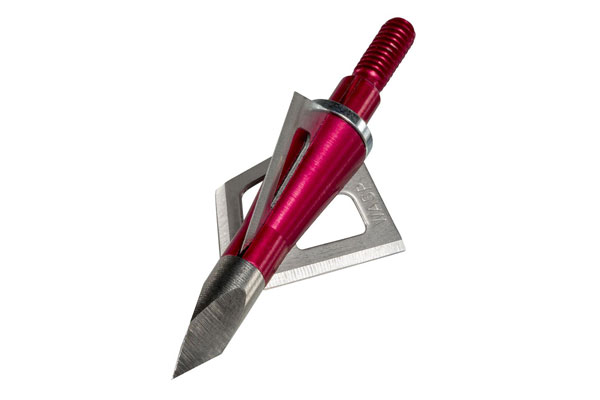Best Fixed-Blade Broadheads for Antelope Hunting
The open plains of antelope country can be unnerving to a bowhunter’s senses. The flat, coverless ground is a challenge, but archers accept the challenge as it’s often the first big game hunting opportunity of the season. Spot-and-stalk or waterhole hunts are unpredictable, so you’ll want to make sure your bow is well tuned and your broadhead is a flat-flying, compact broadhead.
You want a head that flies straight at high speed and long distances. Fleet-footed antelope often require a longer shot than what most hunters are used to taking. The blades on a broadhead can act like wings when paired with a poorly tuned arrow. It’s simple aerodynamics: If you remove the wing from the front of the arrow, or decrease the size of the wing, you eliminate or reduce the chance of a malfunction. Antelope hunters will find a short, compact broadhead is the best choice.
Just because it needs to be low profile, doesn’t mean it has to be a mechanical broadhead. Wasp Archery offers fixed-blades broadheads that rival the accuracy of field points. The Wasp Bullet, Boss, and Queen fixed-blade broadheads feature a shortened aerodynamic ferrule, reduced blade surface area and SST tip alignment. With this combination, you get a very forgiving and accurate shooting arrow that delivers a sharp, strong, deep penetrating broadhead with the proven science of the SST Tip.
For the technical folks out there, consider the test done by Petersen’s Bowhunting magazine in September 2012. The article was called 2012 Head-to-Head Broadhead Test: Part I: fixed-blade heads.Here is how they determined the most aerodynamic broadhead:
“Drag is measured in milli-g, or G-force. For example, a head with drag result of 1123 would be expressed as 1123 milli-g, or 1.123 Gs. The less drag a broadhead has, the more aerodynamic it is.
Retained energy is expressed as a percentage. The lower the drag, the more energy a broadhead will retain and the better it will perform.
All our Velocitip [A machine that calculates in-flight arrow performance] testing was conducted at a range of 50 yards. To provide context, we also shot a fieldpoint and provide that data as a benchmark for comparison. To further put these results into context, consider this: an increase in drag of approximately 400 milli-g will result in roughly two inches of additional arrow drop at 50 yards.”
The Results:
The Wasp Hammer SST retained the most energy and has the least amount of drag, and it’s not nearly as compact as the other heads in the test. It’s a testament to the design of Wasp Archery’s fixed-blade broadheads, and you can expect the Wasp Boss, Bullet or Queen to be even flatter shooting and right on target.
View All Posts

